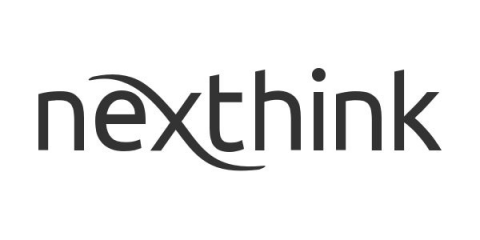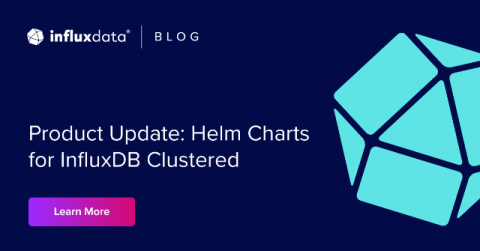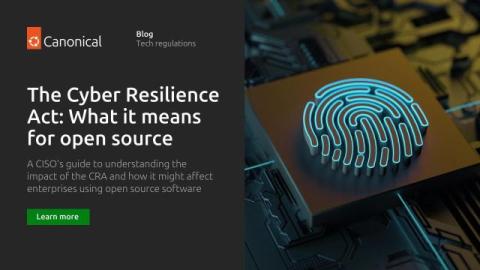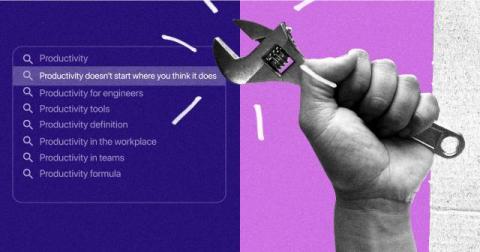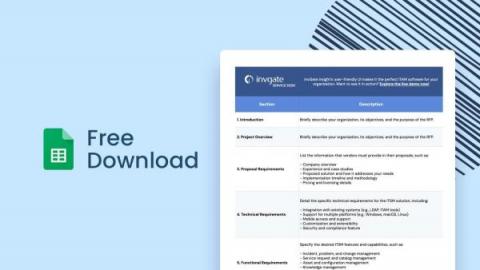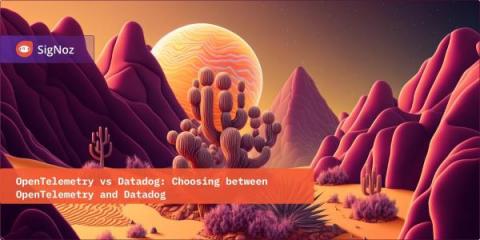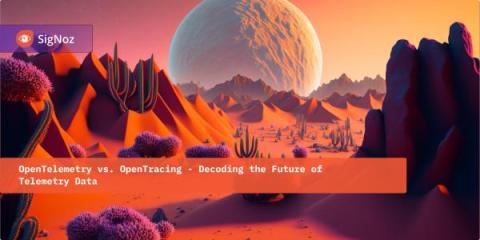5 Hardware Myths preventing a Sustainable and Cost-Effective Digital Workplace
If you are still operating on a yearly hardware refresh schedule, with devices replaced after three or four years of service, you’re living in the past. These schedules are not based on any real viability assessment, but rather on an indiscriminate time factor or warranty lapse. Innovative and sustainable digital workplace teams are embracing performance-based refresh strategies instead, but obstacles to this new strategy proliferate.


